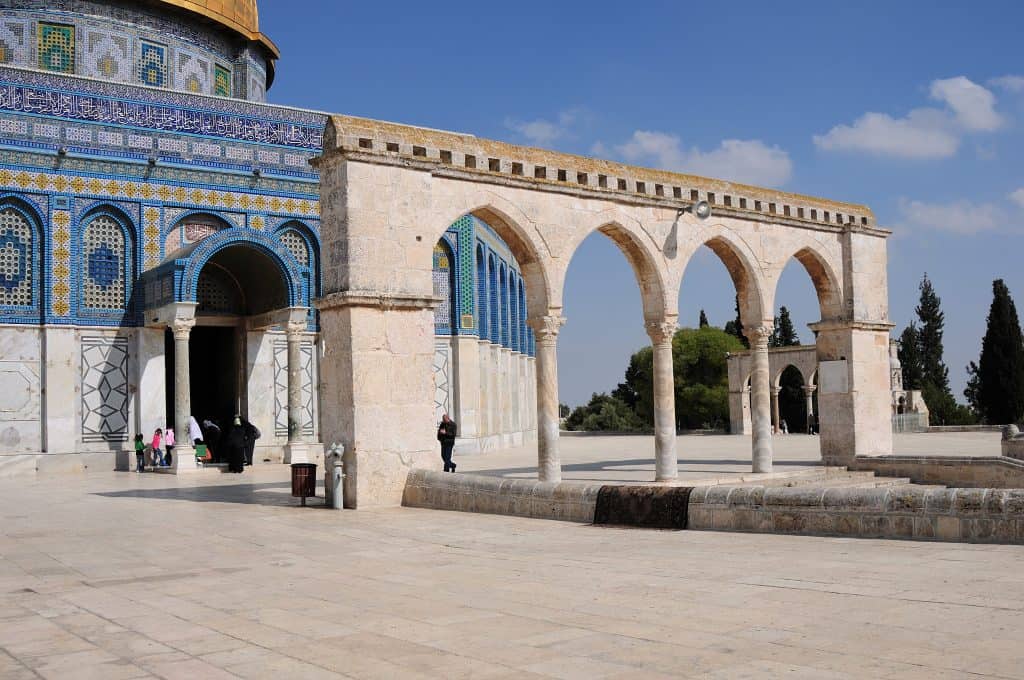Nestled within the pages of history, the Mamluks, a warrior-slave dynasty that ruled from the 13th to the 16th century, left an indelible mark on the architectural landscape of the Islamic world. Furthermore, their legacy, known as Mamluk architecture, is celebrated for its innovation, grandeur, and intricate ornamentation. Let’s journey through time to explore the captivating world of Mamluk architecture.
A Fusion of Cultures:
The Mamluk dynasty was founded by slave soldiers who rose to power in Egypt and Syria. Moreover, their rule was characterized by a unique cultural blend, influenced by various traditions, including Arab, Persian, and Byzantine. Furthermore, this eclectic mix is vividly reflected in their architectural style.
Key Features of Mamluk Architecture:
Intricate Ornamentation: So Mamluk architecture is renowned for its exquisite ornamentation, featuring intricate geometric patterns. Especially arabesques and calligraphy. Furthermore, these ornate details adorn walls, domes, and minarets, showcasing the mastery of Mamluk artisans.
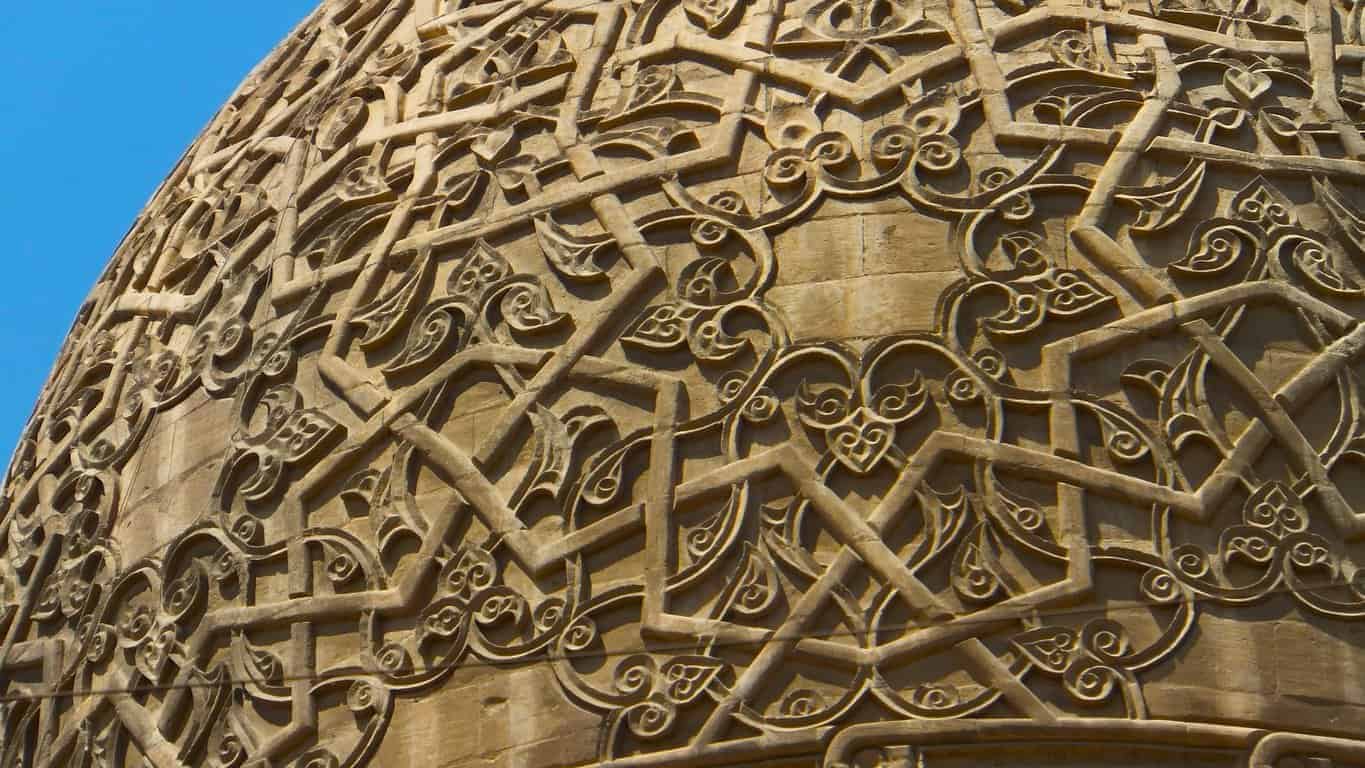
Credit: Robert Prazeres, CC BY-SA 3.0, via Wikimedia Commons
Innovative Use of Materials: Mamluk architects were pioneers in using new building materials. They introduced the concept of alternating layers of stone and brick in construction, adding structural strength and creating visually appealing decorative patterns.
Ablaq Technique
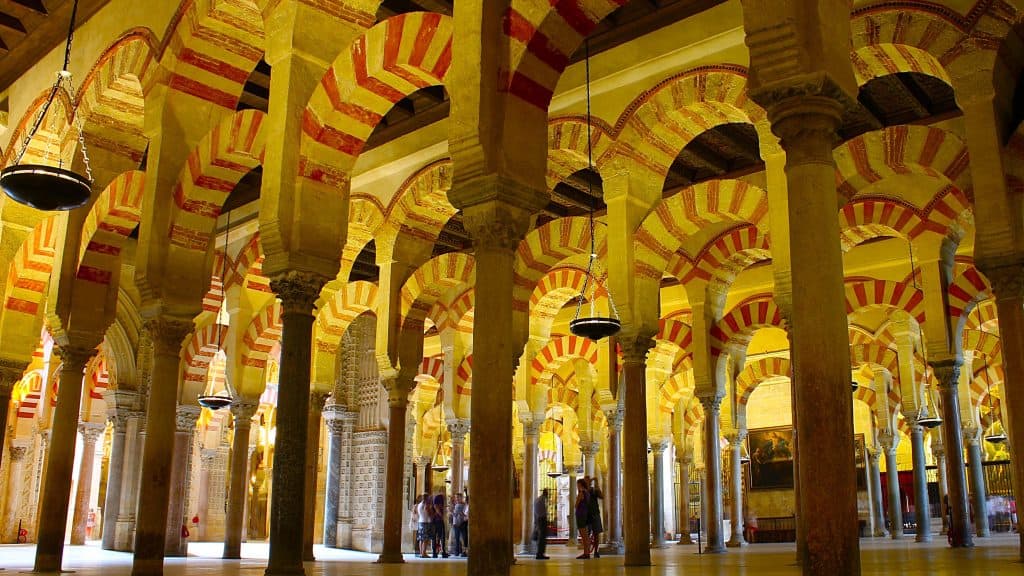
Credit: Nicolas Vollmer from Munich [Allemagne], CC BY 2.0, via Wikimedia Commons.
Courtyards and Madrasas: Mamluk architecture often featured courtyards surrounded by arcades, creating serene spaces for reflection and prayer. Madrasas, or educational institutions, were essential to Mamluk architecture, emphasizing the dynasty’s commitment to knowledge.
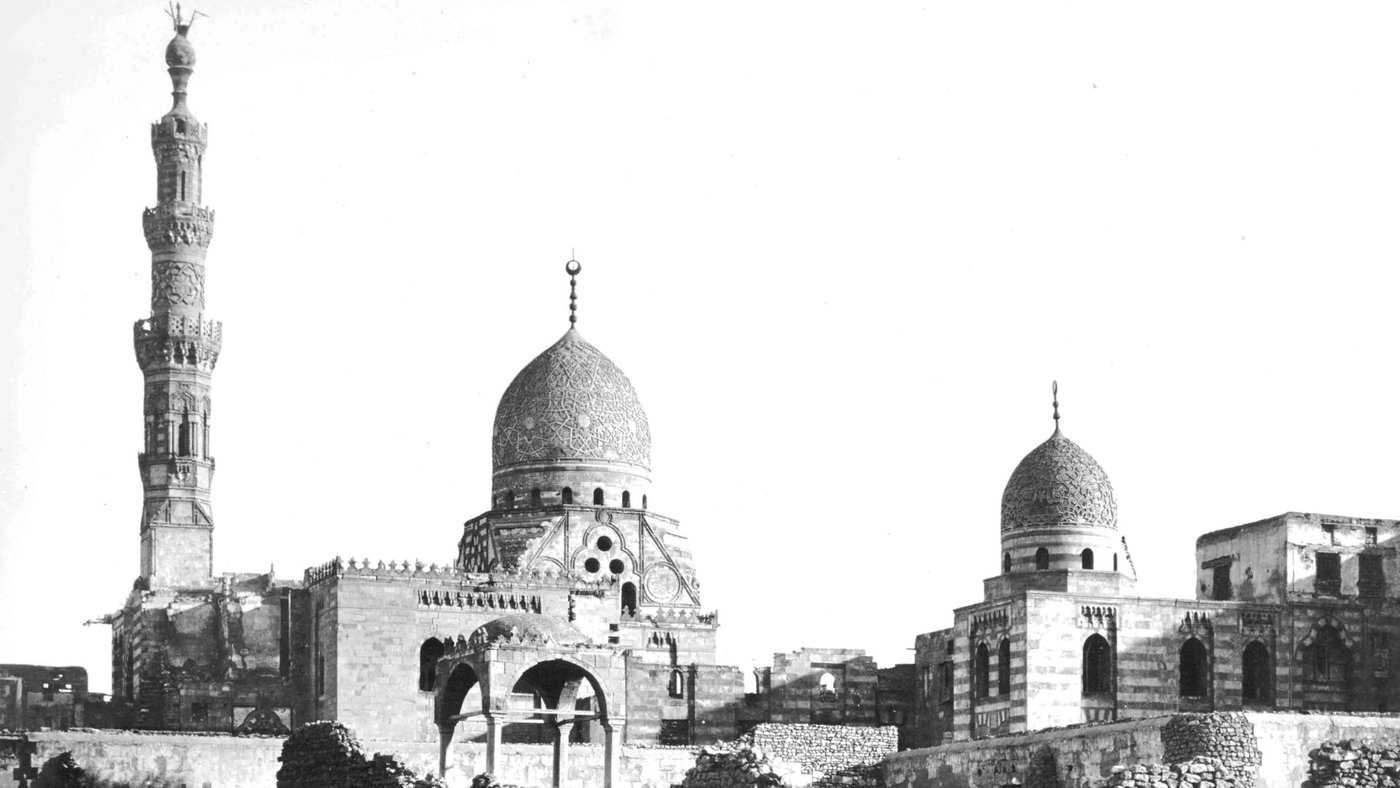
Complex Mausoleums: Mamluks built elaborate mausoleums and tombs that showcased their reverence for the deceased. These structures often featured intricate domes, marble facades, and elegant interiors.
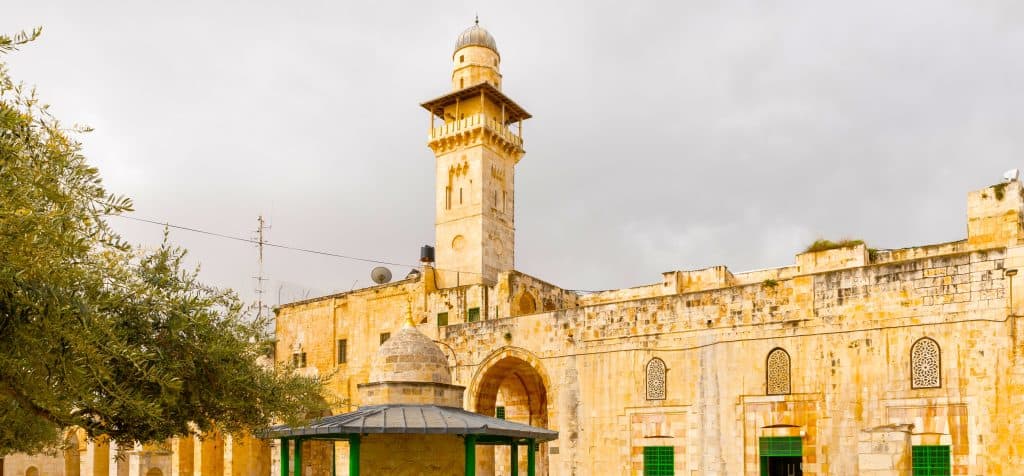
Mosque Minarets: Mamluk minarets are characterized by their slender, towering forms and intricate designs. They often feature balconies and decorative elements that add to their grace and beauty.
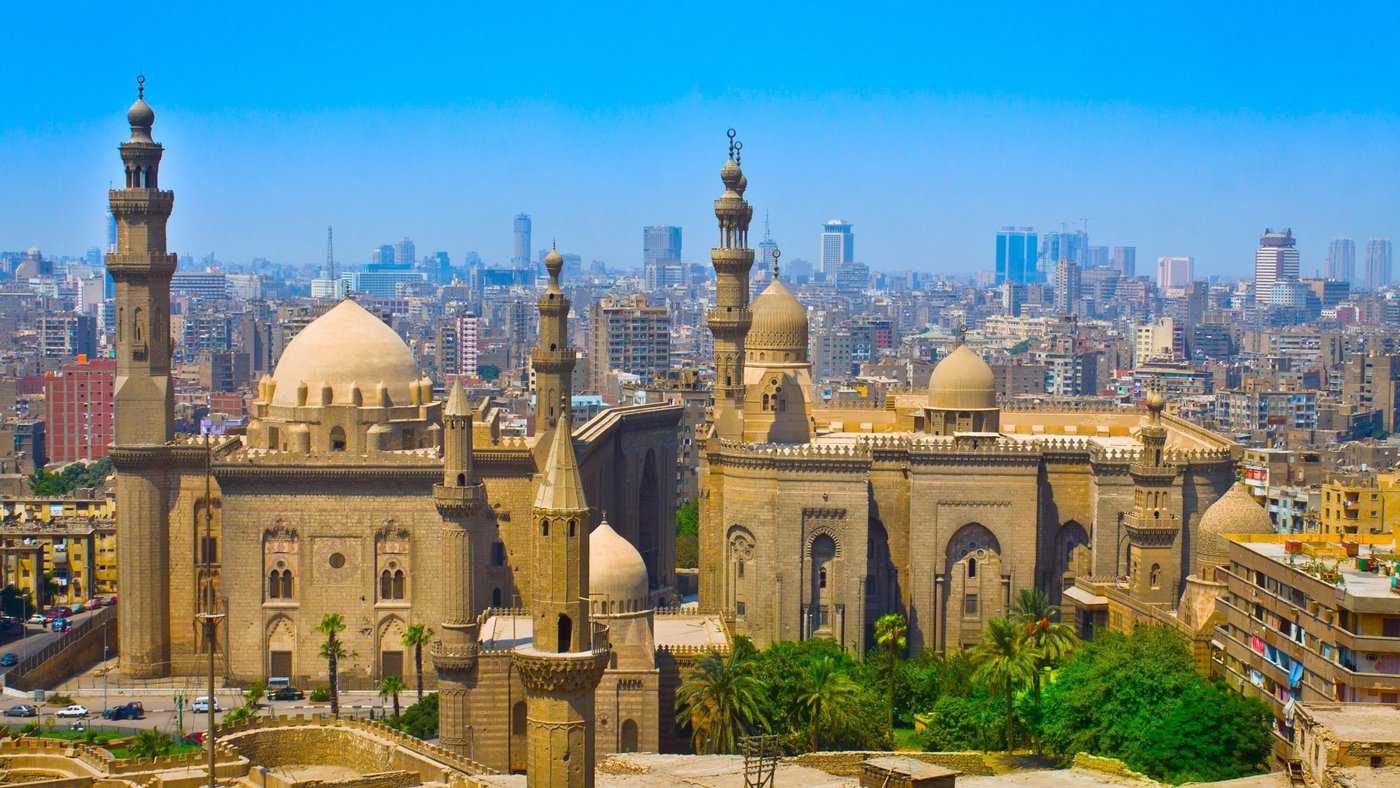
Credit: Mohammed Moussa, CC BY-SA 3.0, via Wikimedia Commons.
The Triumph of Mamluk Cairo:
Cairo, Egypt, under Mamluk rule, witnessed a flourishing of architectural marvels. For example, towering minarets, stunning mosques, and magnificent palaces graced the city’s skyline. First is the Sultan Hassan Mosque, and the Sultan Qalawun Complex are prime examples of Mamluk architecture’s grandeur and innovation. Furthermore, these structures combine elements of Islamic architecture with Mamluk embellishments, creating a distinct and iconic style.
The Fountain of Qaitbay
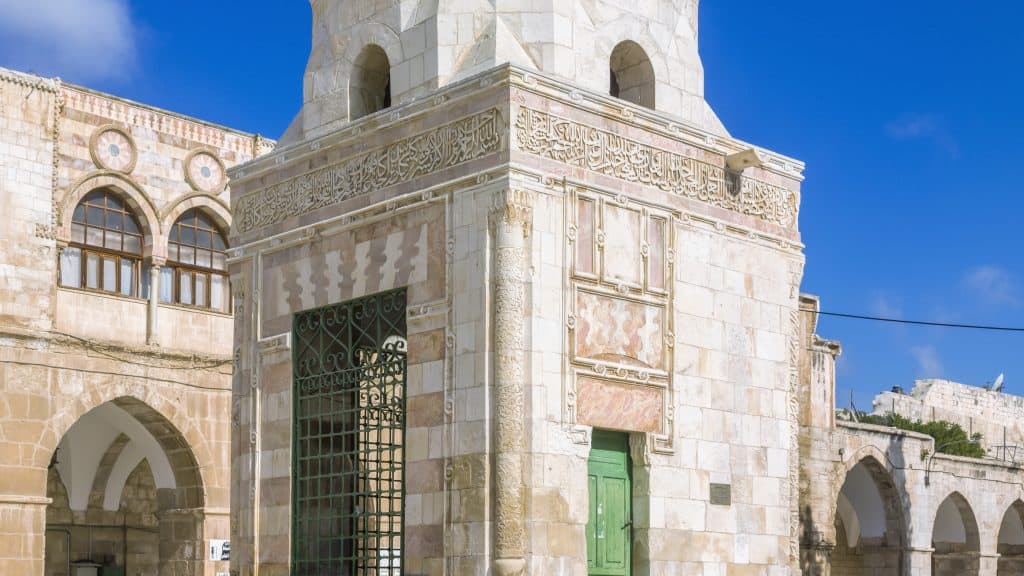
Credit: Andrew Shiva / Wikipedia / CC BY-SA 4.0
Prominent Mamluk Structures in Jerusalem:
The Al-Aqsa Mosque: The Al-Aqsa Mosque complex in Jerusalem, one of the holiest sites in Islam, bears the influence of Mamluk architecture. The mosque’s interior showcases exquisite details, including intricately designed prayer niches (mihrabs) and geometric patterns.
Al Aqsa Mosque
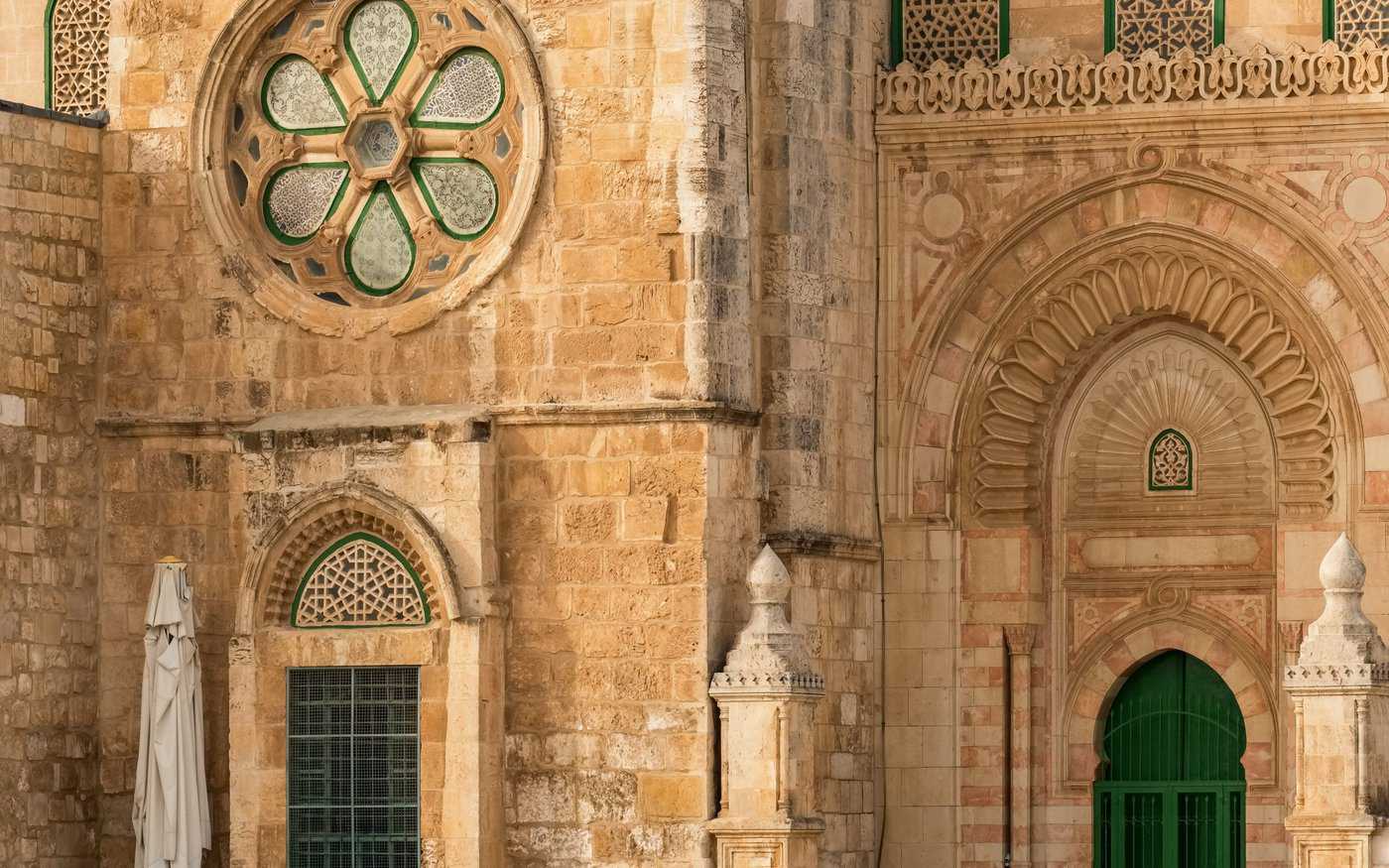
The Dome of the Rock: While the Dome of the Rock predates the Mamluk era, it underwent renovations and enhancements during their rule. The exterior of the Dome features beautiful tilework and intricate Arabic calligraphy.
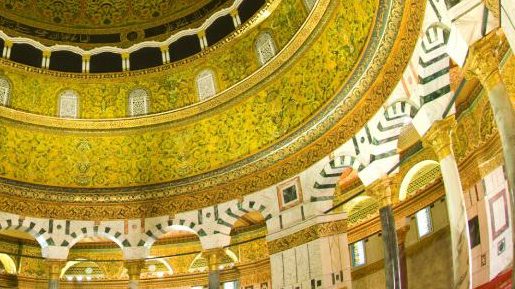
Madrasa al-Ashrafiyya: This madrasa, built by the Mamluk Sultan al-Ashraf Khalil. It is a stunning example of Mamluk architecture in Jerusalem. Moreover, its exquisite details, including richly decorated mihrabs, showcase the artistry of the time.
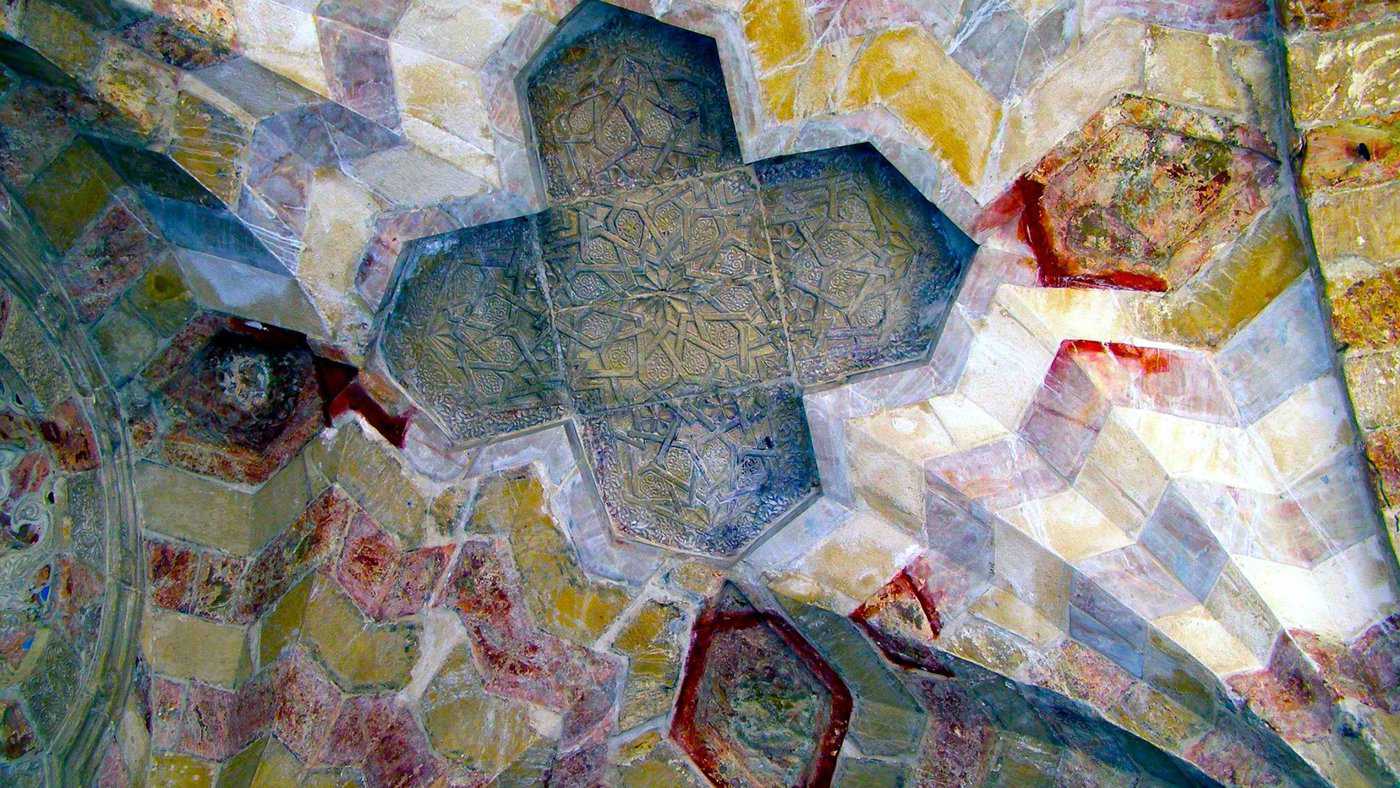
Credit: Ranbar, CC BY-SA 3.0, via Wikimedia Commons.
The Fountain of Qaitbay: One of the most beautiful structures on Temple Mt. Second after the Dome of the Rock. In addition, it is one of the finest examples of the Mamluks’ use of highly ornate stone-engraved calligraphy. Moreover, the ornated dome with flora motifs imitates Mauselums, precisely like the one that Qaitbay himself is buried in Egypt.
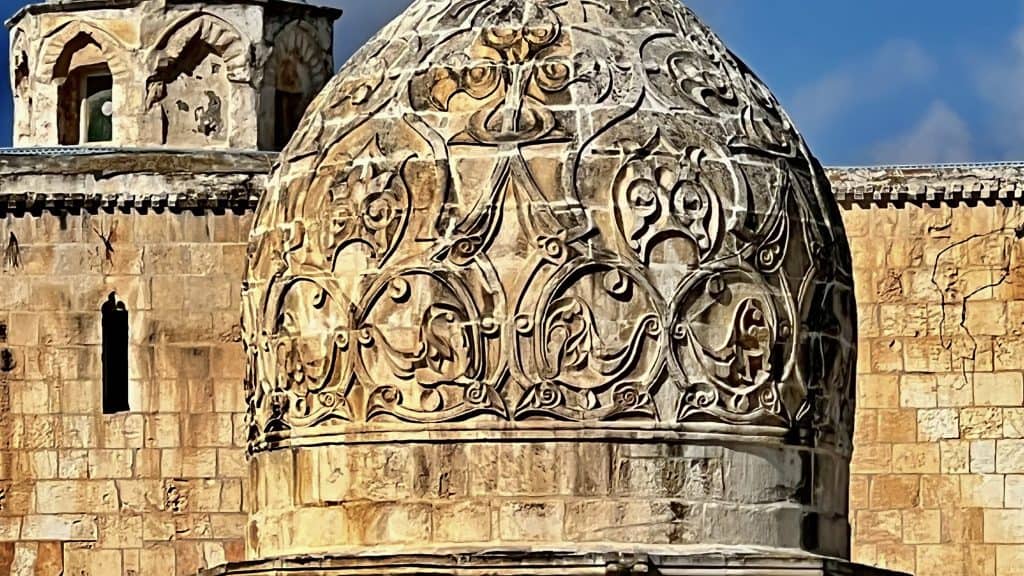
Mamluk Architecture’s Enduring Legacy:
Today, the Mamluk architectural heritage in Jerusalem remains a source of inspiration and admiration. Furthermore, these structures serve as living testaments to the Mamluks’ artistic prowess, spiritual devotion, and educational commitment.
Lastly, exploring Mamluk architecture in Jerusalem is a journey through time, inviting visitors to appreciate the intricate beauty of these structures and the enduring power of culture, faith, and creativity. It is a reminder that the legacy of Jerusalem’s architectural past continues to enrich its vibrant present.
